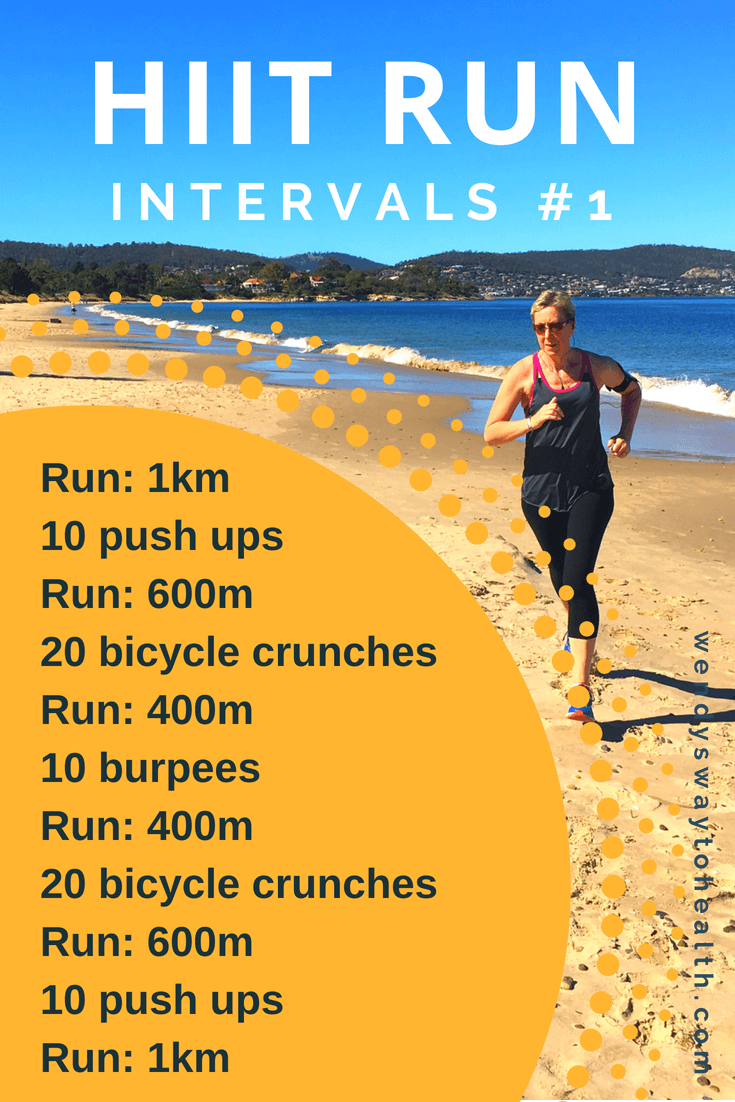Dealing With Common Running Pains: Causes, Solutions, and Avoidance
As runners, we typically come across numerous discomforts that can hinder our performance and pleasure of this physical task. By exploring the origin reasons for these operating discomforts, we can reveal targeted remedies and preventative measures to ensure a smoother and much more satisfying running experience.
Typical Running Pain: Shin Splints
Shin splints, a typical running pain, often result from overuse or inappropriate shoes during physical task. The repeated tension on the shinbone and the cells connecting the muscles to the bone leads to swelling and pain.
To protect against shin splints, individuals should slowly boost the strength of their exercises, use ideal shoes with correct arch assistance, and keep flexibility and strength in the muscles surrounding the shin (running workout). Additionally, incorporating low-impact activities like swimming or cycling can help maintain cardio health and fitness while permitting the shins to recover.
Usual Running Discomfort: IT Band Disorder
In enhancement to shin splints, one more common running pain that athletes frequently encounter is IT Band Disorder, a problem triggered by swelling of the iliotibial band that leaves the outer thigh and knee. IT Band Disorder usually shows up as discomfort on the outside of the knee, particularly throughout tasks like running or biking. The iliotibial band is a thick band of fascia that attaches the aware of the shin, and when it becomes swollen or tight, it can massage against the upper leg bone, causing pain and pain.
Joggers experiencing IT Band Disorder might notice a painful or hurting experience on the outer knee, which can worsen with ongoing activity. Factors such as overuse, muscle inequalities, inappropriate running form, or insufficient warm-up can add to the advancement of this condition. To stop and relieve IT Band Disorder, runners must concentrate on stretching and strengthening exercises for the hips and upper legs, correct shoes, steady training progression, and addressing any type of biomechanical problems that may be aggravating the issue. Disregarding the signs of IT Band Disorder can cause chronic concerns and extended recovery times, highlighting the significance of early intervention and proper administration strategies.
Common Running Discomfort: Plantar Fasciitis

Plantar Fasciitis can be associated to different elements such as overtraining, inappropriate shoes, working on hard surfaces, or having high arches or flat feet. To avoid and minimize Plantar Fasciitis, joggers can integrate stretching exercises for the calves and plantar fascia, put on supportive shoes, keep a healthy weight to reduce strain on the feet, and gradually increase running strength to stay clear of abrupt stress and anxiety on the plantar fascia. If signs and symptoms linger, it is advised to get in touch with a medical care specialist for appropriate diagnosis and treatment options to address the problem properly.
Usual Running Discomfort: Runner's Knee
After dealing with the difficulties of Plantar Fasciitis, another prevalent concern that joggers commonly deal with is Runner's Knee, an usual running discomfort that can impede athletic efficiency and trigger discomfort throughout physical task. Runner's Knee, also referred to as patellofemoral pain syndrome, shows up as pain around or behind the kneecap. This condition is usually associated to overuse, muscle mass imbalances, inappropriate running methods, or problems with the placement of the kneecap. Runners experiencing this discomfort may really feel a boring, aching discomfort while running, going up or down staircases, or after extended durations of sitting. To prevent Jogger's Knee, it is essential to include appropriate warm-up and cool-down routines, keep strong and well balanced leg muscle mass, wear proper footwear, and slowly increase running strength. If signs and symptoms continue, looking for guidance from a medical care expert navigate to this website or a sporting activities medicine expert is recommended to identify the underlying reason and develop a customized therapy plan to ease the pain and stop more problems.
Typical Running Discomfort: Achilles Tendonitis
Generally afflicting runners, Achilles Tendonitis is an uncomfortable problem that influences the Achilles ligament, creating pain and possible limitations in physical activity. The Achilles tendon is a thick band of tissue that connects the calf muscles to the heel bone, important for tasks like running, leaping, and walking - look at this site. Achilles Tendonitis typically creates as a result of overuse, incorrect footwear, inadequate stretching, or unexpected rises in physical task
Symptoms of Achilles Tendonitis include pain and tightness along the tendon, particularly in the early morning or after durations of lack of exercise, swelling that gets worse with activity, and possibly bone stimulates in chronic instances. To stop Achilles Tendonitis, it is vital to stretch correctly previously and after running, use suitable footwear with appropriate support, slowly enhance the intensity of exercise, and cross-train to decrease repetitive tension on the tendon. Treatment might entail remainder, ice, compression, altitude (RICE procedure), physical therapy, orthotics, and in severe cases, surgery. Early treatment and correct treatment are vital for handling Achilles Tendonitis efficiently and avoiding long-term complications.
Conclusion

Comments on “Turbocharge Your Runs: Unlock Your Potential with Strategic Running Workouts”